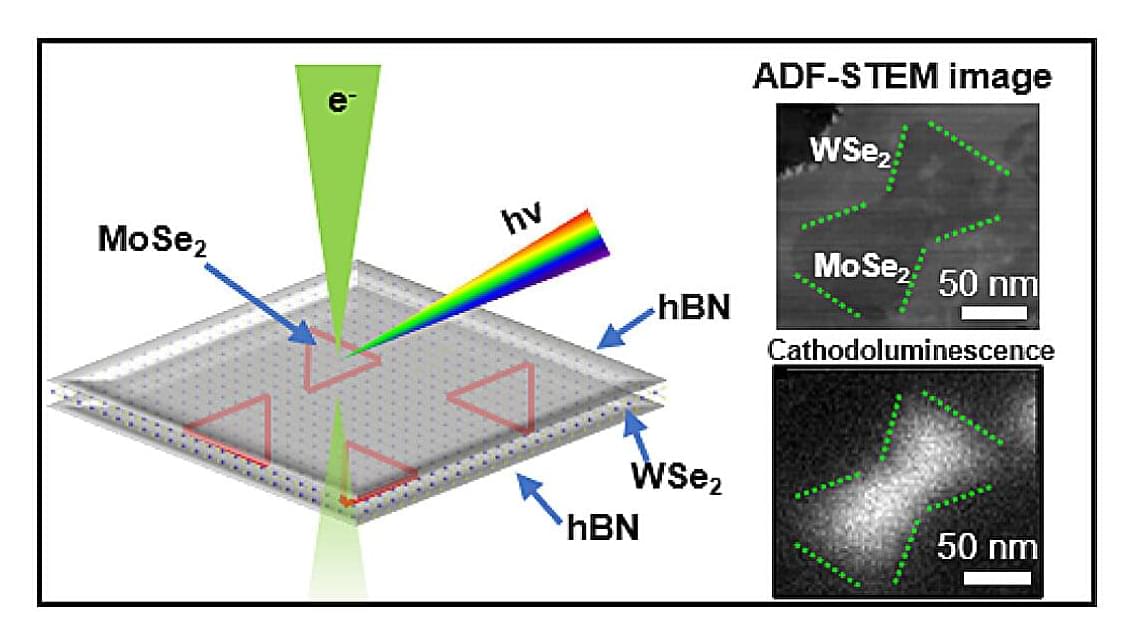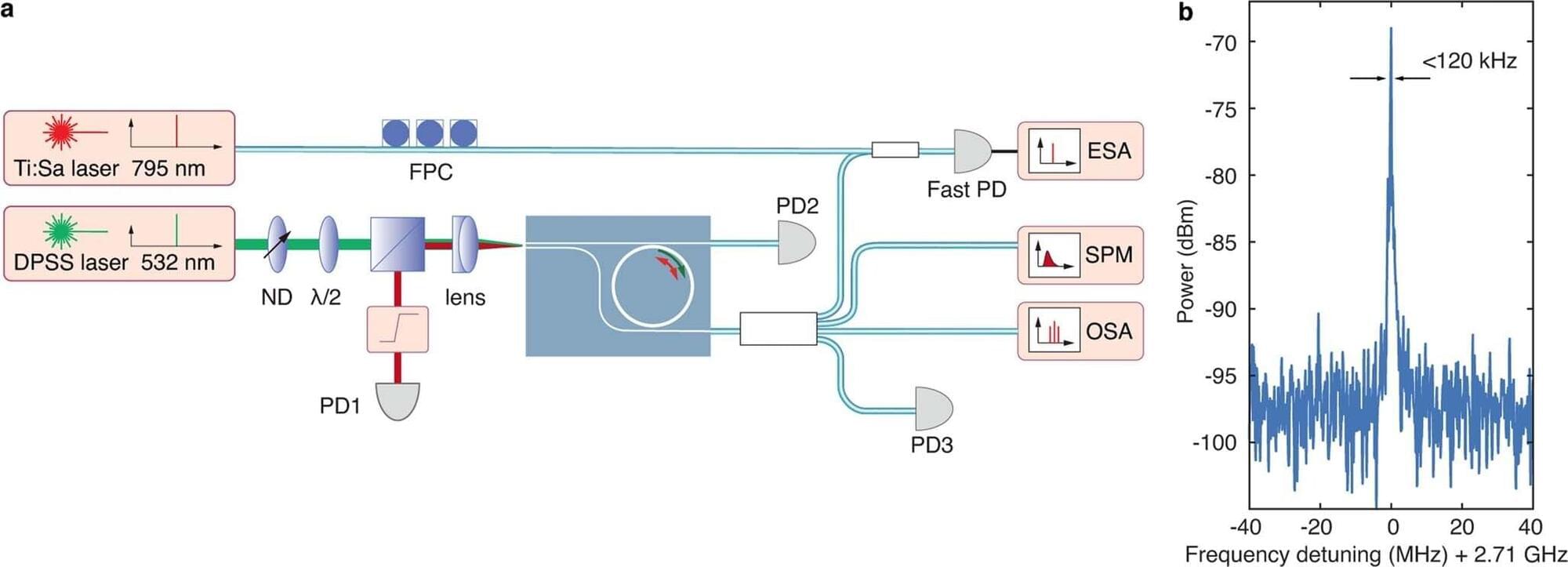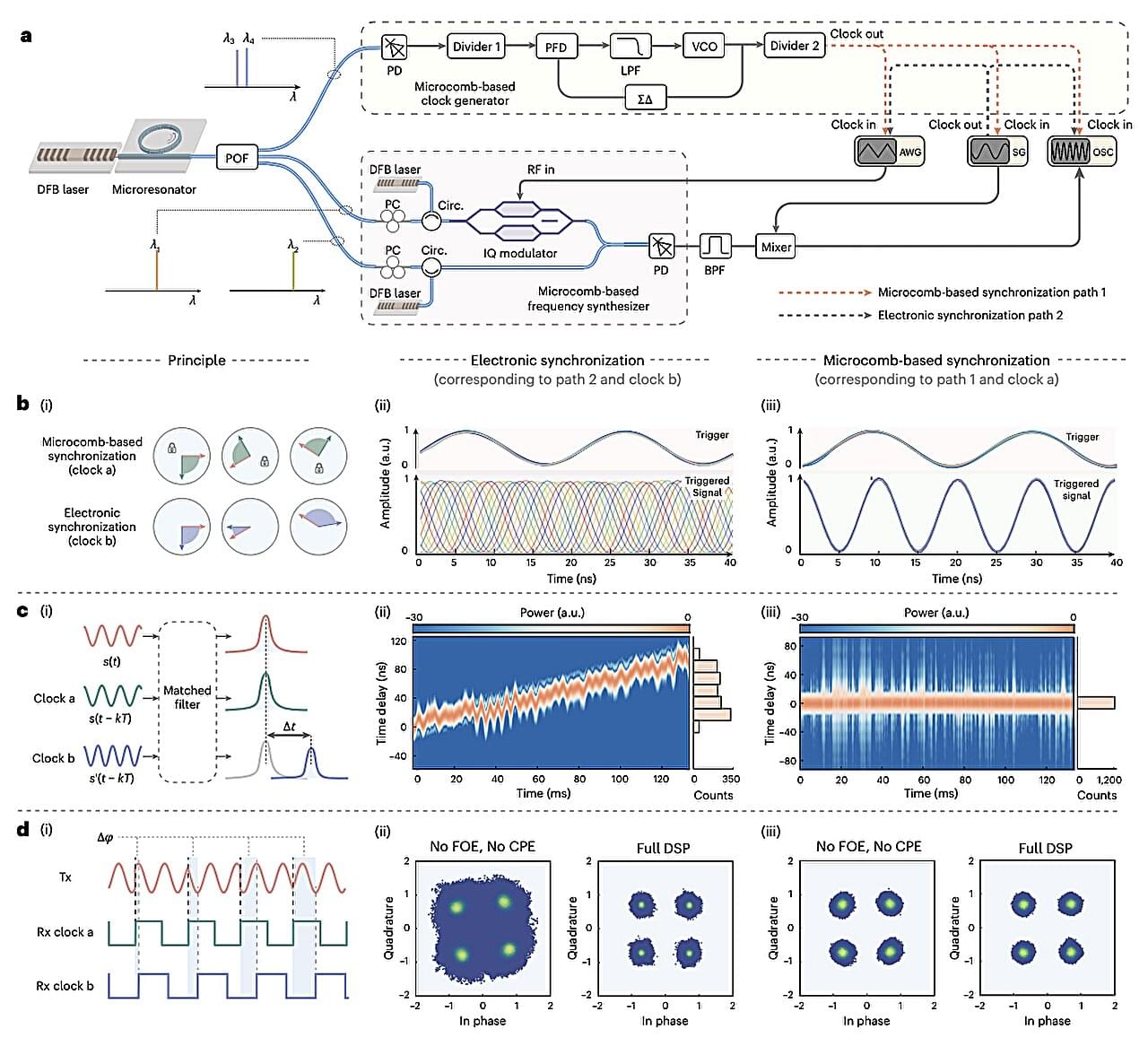We’ve combined lab-grown neurons with silicon chips and made it available to anyone, for first time ever.



Researchers from the Department of Physics have managed to experimentally develop a new magnetic state: a magneto-ionic vortex or “vortion.” The research, published in Nature Communications, allows for an unprecedented level of control of magnetic properties at the nanoscale and at room temperature, and opens new horizons for the development of advanced magnetic devices.
The use of Big Data has multiplied the energy demand in information technologies. Generally, to store information, systems utilize electric currents to write data, which dissipates power by heating the devices. Controlling magnetic memories with voltage, instead of electric currents, can minimize this energy expenditure.
One way to achieve this is by using magneto-ionic materials, which allow for the manipulation of their magnetic properties by adding or removing ions through changes in the polarity of the applied voltage. So far, most studies in this area have focused on continuous films, rather than on controlling properties at the nanometric scale in discrete “bits,” essential for high-density data storage.

“I give you God’s view,” said Toby Cubitt, a physicist turned computer scientist at University College London and part of the vanguard of the current charge into the unknowable, and “you still can’t predict what it’s going to do.”
Eva Miranda, a mathematician at the Polytechnic University of Catalonia (UPC) in Spain, calls undecidability a “next-level chaotic thing.”
Undecidability means that certain questions simply cannot be answered. It’s an unfamiliar message for physicists, but it’s one that mathematicians and computer scientists know well. More than a century ago, they rigorously established that there are mathematical questions that can never be answered, true statements that can never be proved. Now physicists are connecting those unknowable mathematical systems with an increasing number of physical ones and thereby beginning to map out the hard boundary of knowability in their field as well.

Newly achieved precise control over light emitted from incredibly tiny sources, a few nanometers in size, embedded in two-dimensional (2D) materials could lead to remarkably high-resolution monitors and advances in ultra-fast quantum computing, according to an international team led by researchers at Penn State and Université Paris-Saclay.
In a recent study, published in ACS Photonics, scientists worked together to show how the light emitted from 2D materials can be modulated by embedding a second 2D material inside them—like a tiny island of a few nanometers in size—called a nanodot. The team described how they achieved the confinement of nanodots in two dimensions and demonstrated that, by controlling the nanodot size, they could change the color and frequency of the emitted light.
“If you have the opportunity to have localized light emission from these materials that are relevant in quantum technologies and electronics, it’s very exciting,” said Nasim Alem, Penn State associate professor of materials science and engineering and co-corresponding author on the study. “Envision getting light from a zero-dimensional point in your field, like a dot in space, and not only that, but you can also control it. You can control the frequency. You can also control the wavelength where it comes from.”

In a material made of two thin crystal layers that are slightly twisted with respect to each other, researchers at ETH have studied the behavior of strongly interacting electrons. Doing so, they found a number of surprising properties.
Many modern technologies are based on special materials, such as the semiconductors that are important for computers, inside of which electrons can move more or less freely. Exactly how free those electrons are is determined by their quantum properties and the crystal structure of the material. Most of the time they move independently of each other. Under certain conditions, however, strong interactions between the electrons can give rise to particular phenomena. Superconductors, in which electrons pair up to conduct electrical current without resistance, are a well-known example.
At the Institute for Quantum Electronics in Zurich, ETH-professor Ataç Imamoğlu investigates materials with strongly interacting electrons. He wants to understand the behavior of the electrons in those materials better and looks for unexpected properties that might be interesting for future applications. In a “twisted” material, he and his collaborators have now made some surprising discoveries regarding the behavior of electrons, as they report in the scientific journal Nature.

A team of researchers has developed the first chip-scale titanium-doped sapphire laser—a breakthrough with applications ranging from atomic clocks to quantum computing and spectroscopic sensors.
The work was led by Hong Tang, the Llewellyn West Jones, Jr. Professor of Electrical Engineering, Applied Physics & Physics. The results are published in Nature Photonics.
When the titanium-doped sapphire laser was introduced in the 1980s, it was a major advance in the field of lasers. Critical to its success was the material used as its gain medium—that is, the material that amplifies the laser’s energy. Sapphire doped with titanium ions proved to be particularly powerful, providing a much wider laser emission bandwidth than conventional semiconductor lasers. The innovation led to fundamental discoveries and countless applications in physics, biology, and chemistry.

Optoelectronics are promising devices that combine optical components, which operate leveraging light, with electronics, which leverage electrical current. Optoelectronic systems could transmit data faster than conventional electronics, thus opening new possibilities for the development of high-speed communication technology.
Despite their potential, the deployment of optoelectronics has so far been limited, in part due to reported difficulties in synchronizing optically generated signals with those of traditional electronic clocks. These signals are difficult to synchronize as optical and electronic components typically operate at different frequencies.
The frequencies of optical signals (i.e., generally hundreds of gigahertz) are generally significantly higher than those of electronic circuits, which range from megahertz to a few gigahertz. This mismatch in frequencies makes aligning the frequencies of the two types of components challenging, which in turn adversely impacts the reliability and efficiency of optoelectronics.

An international team of scientists developed augmented reality glasses with technology to receive images beamed from a projector, to resolve some of the existing limitations of such glasses, such as their weight and bulk. The team’s research is being presented at the IEEE VR conference in Saint-Malo, France, in March 2025.
Augmented reality (AR) technology, which overlays digital information and virtual objects on an image of the real world viewed through a device’s viewfinder or electronic display, has gained traction in recent years with popular gaming apps like Pokémon Go, and real-world applications in areas including education, manufacturing, retail and health care. But the adoption of wearable AR devices has lagged over time due to their heft associated with batteries and electronic components.
AR glasses, in particular, have the potential to transform a user’s physical environment by integrating virtual elements. Despite many advances in hardware technology over the years, AR glasses remain heavy and awkward and still lack adequate computational power, battery life and brightness for optimal user experience.
Scientists have developed a quantum computer that uses light to process data, paving the way for quantum computers that can operate in a networked environment at room temperature.
The new system, called Aurora, is the first photonic quantum computer in the world that can operate at scale using several modules interconnected through fiber optic cables. The system presents a solution to some of quantum computing’s biggest problems — namely operation at scale, fault tolerance and error correction, Xanadu representatives say.

The speed of light is often regarded as the ultimate cosmic speed limit, but researchers have now managed to slow it down dramatically—to just 61 kilometers per hour. This was achieved by using a Bose-Einstein condensate (BEC), a peculiar quantum state of matter that allows light to be slowed or even stopped entirely. This discovery, which builds on decades of research, has implications for quantum physics, computing, and information storage.
The Quantum Jelly Effect In everyday conditions, light moves at 299,792,458 meters per second in a vacuum, and its speed decreases slightly when passing through materials like glass or water. However, these reductions are relatively small. In contrast, when light travels through a Bose-Einstein condensate, it can be slowed to a near standstill.
A Bose-Einstein condensate is an exotic state of matter, first predicted by Albert Einstein and Satyendra Nath Bose, that occurs when a gas is cooled to temperatures just above absolute zero. Under these conditions, the atoms behave as a single quantum entity, exhibiting superfluidity and interacting with light in ways not seen in ordinary materials.